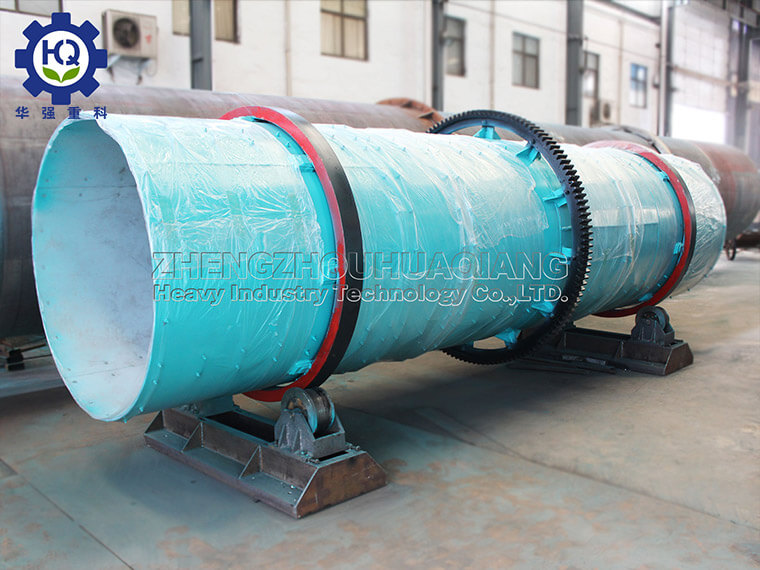On the stage of organic fertilizer production, both disc granulators and drum granulators are highly anticipated “protagonists”, each contributing to organic fertilizer production with their unique performance characteristics. Now let’s compare these two granulators in depth.
From the principle of granulation, a disc granulator is a device that allows materials to roll and aggregate into granules on a rotating disc through the clever combination of centrifugal force, friction, and gravity. The rotary drum granulator, on the other hand, places materials in a rotating drum and achieves particle formation and growth through mutual collision, friction, and the action of binders between the materials.
In terms of particle quality, the pellets produced by the disc granulator have a rounded shape and relatively uniform size, which makes the fertilizer more evenly distributed in the soil and beneficial for crops to absorb nutrients. However, its particle strength is relatively limited. The shape of the particles produced by the rotary drum granulator is not very regular, but the internal structure is tight and the strength is high. It is more resistant to external damage during storage and transportation, reducing the occurrence of breakage and pulverization.
In terms of raw material adaptability, the disc granulator has strict requirements for the humidity and viscosity of the raw materials. Only within the appropriate humidity and viscosity range can granulation be carried out smoothly. The rotary drum granulator exhibits a more “tolerant” performance, able to adapt to various humidity and viscosity of raw materials, and has good processing capabilities for organic materials from different sources.
In terms of production efficiency, the disc granulator has a simple structure, easy operation, and can achieve continuous and stable production, making it suitable for large-scale production operations. The rotary drum granulator also has high production efficiency. The large capacity design of the rotary drum allows it to process a large amount of materials per hour, but the maintenance of the equipment is relatively complex.
In terms of energy consumption, the main energy consumption of the disc granulator lies in the rotation of the disc, which has relatively low energy consumption. Due to the large volume of the rotary drum and the need for continuous rotation, the energy consumption of the rotary drum granulator is relatively high.
In terms of investment cost, the price of the disc granulator is relatively affordable, making it a good choice for enterprises with limited funds. The price of drum granulator equipment is relatively high, and the maintenance cost in the later stage is also relatively high.
In summary, both disc granulators and drum granulators have their own advantages and disadvantages. When choosing, enterprises should comprehensively consider factors such as the characteristics of their raw materials, production scale, financial situation, and requirements for particle quality, in order to select the most suitable granulation equipment for themselves.